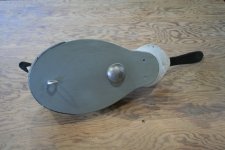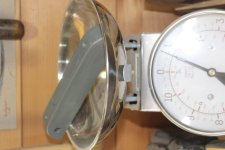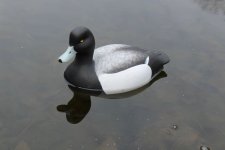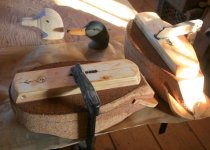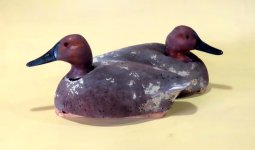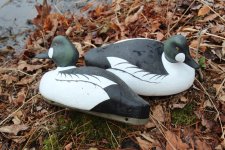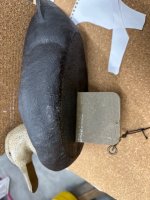The design of the decoy, how it's made and it's use dictates IF a keel is needed or not. Specifics are broad, hollow decoy, solid decoy, cork, wood, canvas, plastic, etc. Study the old decoys from all areas and you will learn much. Ya want a short cut, there are none. Anchor line wrapped around keels can work at times and be a real PITA at other times, especially in bad weather when ya gotta pick up ASAP. In over 40 years of carving and making decoys I've made just about all types of Keels, and have found that the less keel the better when the decoy is designed to ride properly for it's intended use. Do ya want yer decoys to ride like bobbing corks as many light contest decoys do, or like the birds they mimic? It all begins and ends with the design and creation of the decoy. "Decoys are vessels." - Jim Schmiedlin
my 2 cents



